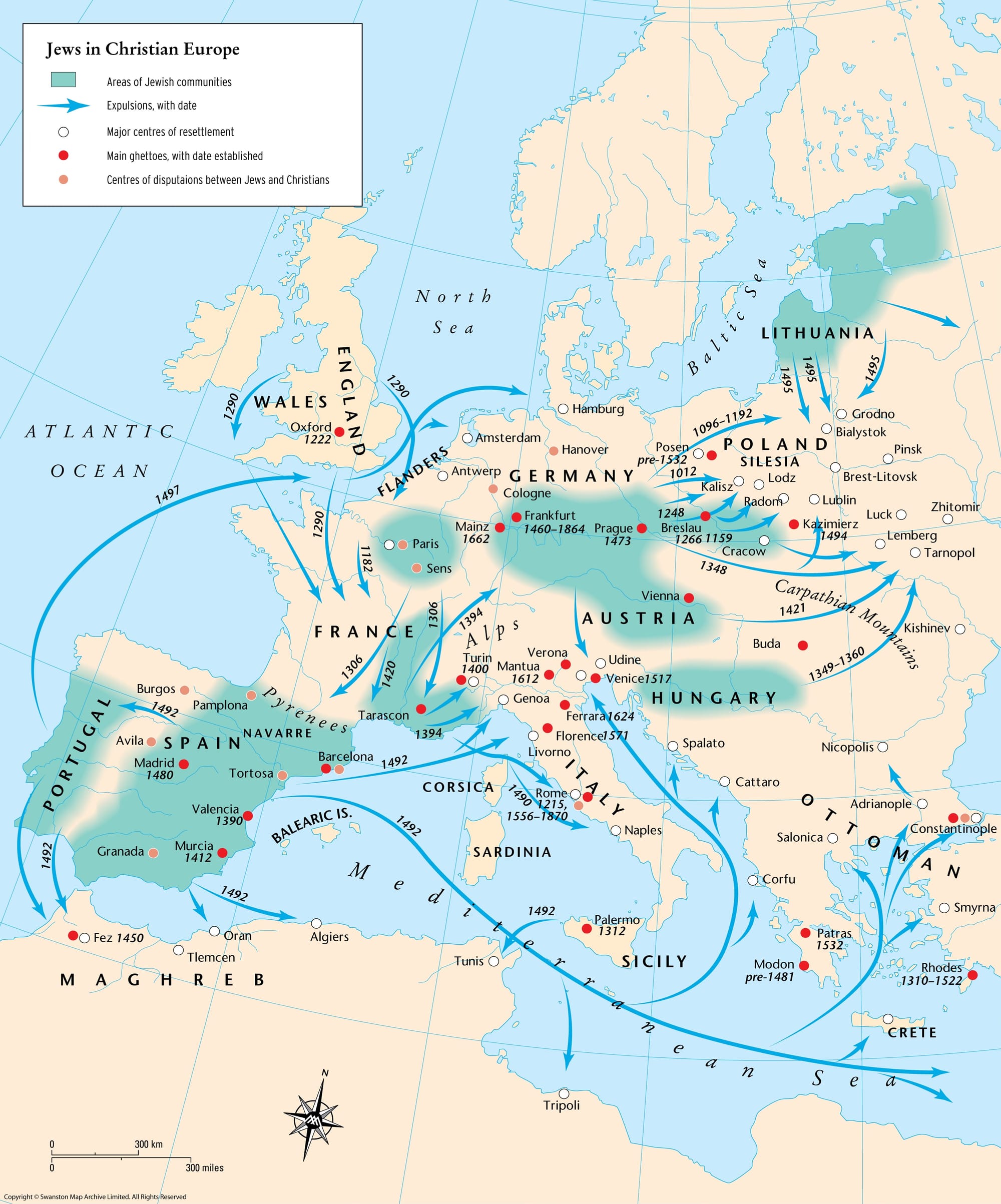“Turks Hold Respectable Jews in Esteem”: Jews and the Ottoman Empire in the Sixteenth Century
Discussion of teaching the Sephardic migration to the Ottoman Empire in the sixteenth century

Even though our views of Columbus have changed over time, 1492 is still a significant year in most world history courses. While we don’t celebrate the “discovery” of the “New World,” we recognize that 1492 marked the beginning of a new era of global integration, bringing Afroeurasia and the Americas together. In 1492, the Spanish monarchs Isabella I and Ferdinand II also issued the Alhambra Decree, banishing all Jews from Spain. Some historians refer to this decree as the Edict of Expulsion. It was one of many expulsions of Jews from Western European states between 1100 and 1500. While the expulsion of Jews from Spain and the Spanish conquest of Muslim ruled-Granada highlight how Christian zeal influenced the Spanish monarchs when they chose to support Columbus’ mission into the Atlantic, we don’t always consider what happened to the Jews who left Spain (they are typically called Sephardic Jews) in our world history courses.

Many Sephardic Jews settled in the Ottoman Empire and established thriving communities. By exploring Ottoman Jewish communities in the late fifteenth through early seventeenth centuries, we can help students understand how Jewish communities adapted to new locations. We also can use Jews as a case study to teach how the Ottomans responded to the empire’s ethnic and religious diversity.
Printing Haggadahs
This content is for Paid Members
Unlock full access to Liberating Narratives and see the entire library of members-only content.
SubscribeAlready have an account? Log in



